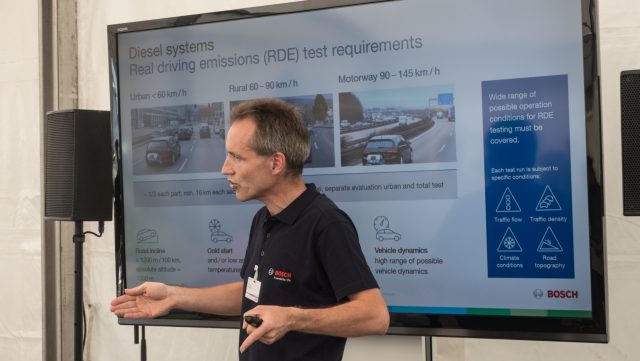
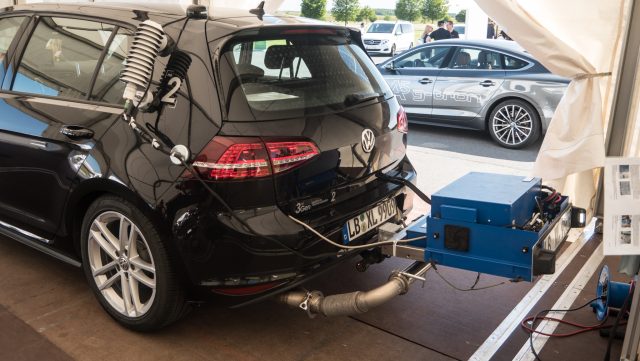
BOXBERG, Germany—Diesel is a dirty word in the auto industry these days. The fuel was once viewed—particularly in Europe—as a potential savior, since diesel engines offer much better fuel economy and emit much less CO2 per mile than engines that run on gasoline. But that changed once Volkswagen Group was caught cheating its emissions tests, resulting in billions of dollars of fines and a loss of public trust. Automotive-component maker Bosch had a hand in the mess, too—it provided the code on the Engine Control Units in VW Group's offending diesels. The supplier ultimately paid out several hundred million dollars in settlement in the US, although it was not required to admit any wrongdoing.
But the fallout from the scandal has been more wide-ranging, as the artificial nature of emissions testing came under the spotlight. As a result, from September this year, the European Union is adding a Real Driving Emissions (RDE) test to the Euro 6 regulations that govern what comes out of a car's exhaust. It's a test that should be extremely difficult to game, and on our visit to the company's proving grounds in Germany for the Bosch Mobility Experience (a technology showcase put on by the German engineering firm), we had a go at a slightly abbreviated version of the test ourselves.
Perhaps surprisingly for a company with a central role in the VW scandal, Bosch is a big fan of the RDE test, according to Andreas Kufferath, head of the powertrain technologies development department at Robert Bosch GmbH. Kufferath thinks diesel still has a valuable role to play and that, even with existing technology, it's possible for diesel engines and air quality to coexist.
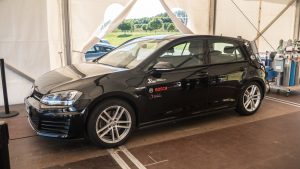
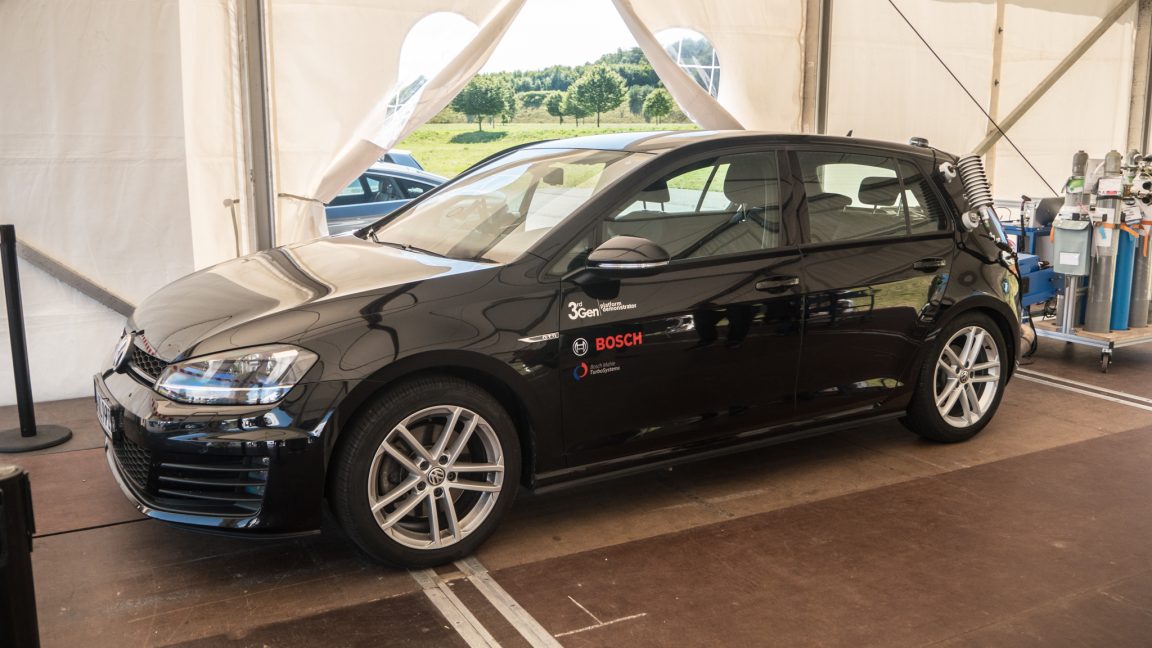
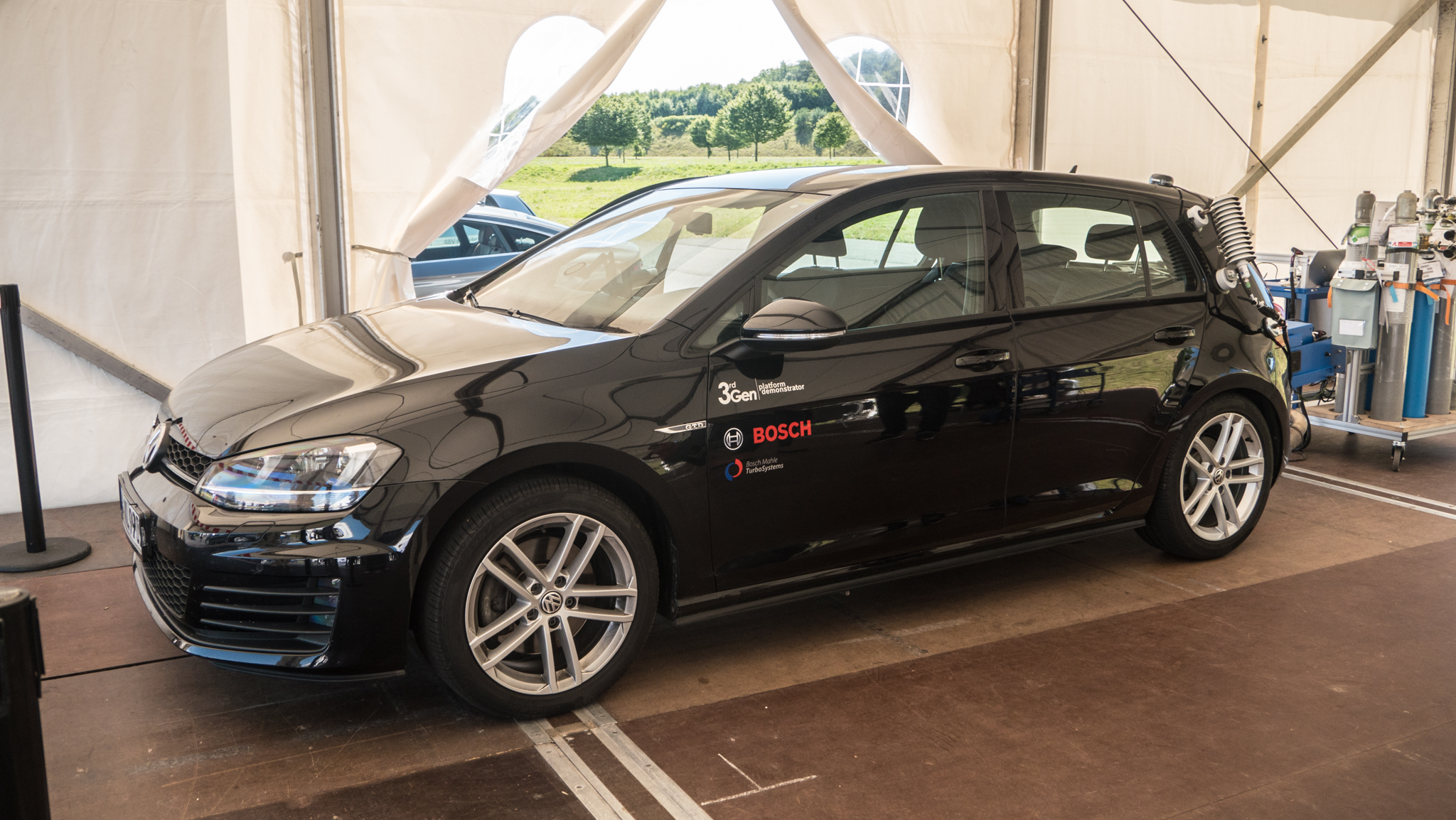
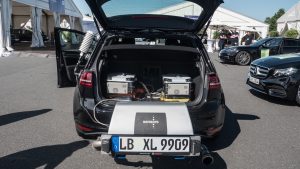
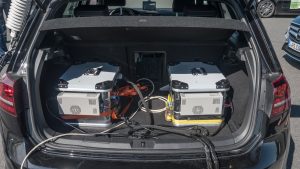
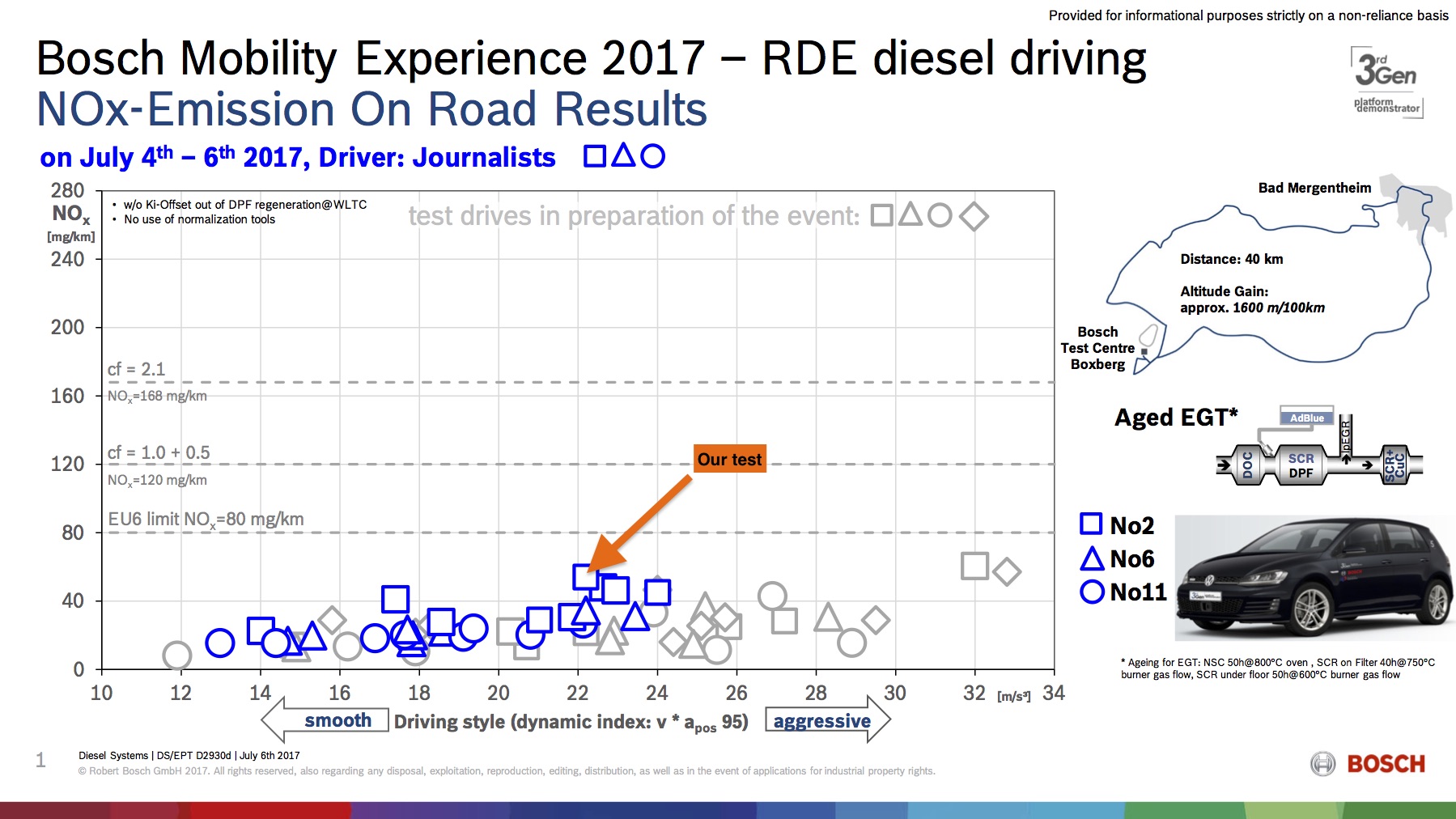

 Loading comments...
Loading comments...
